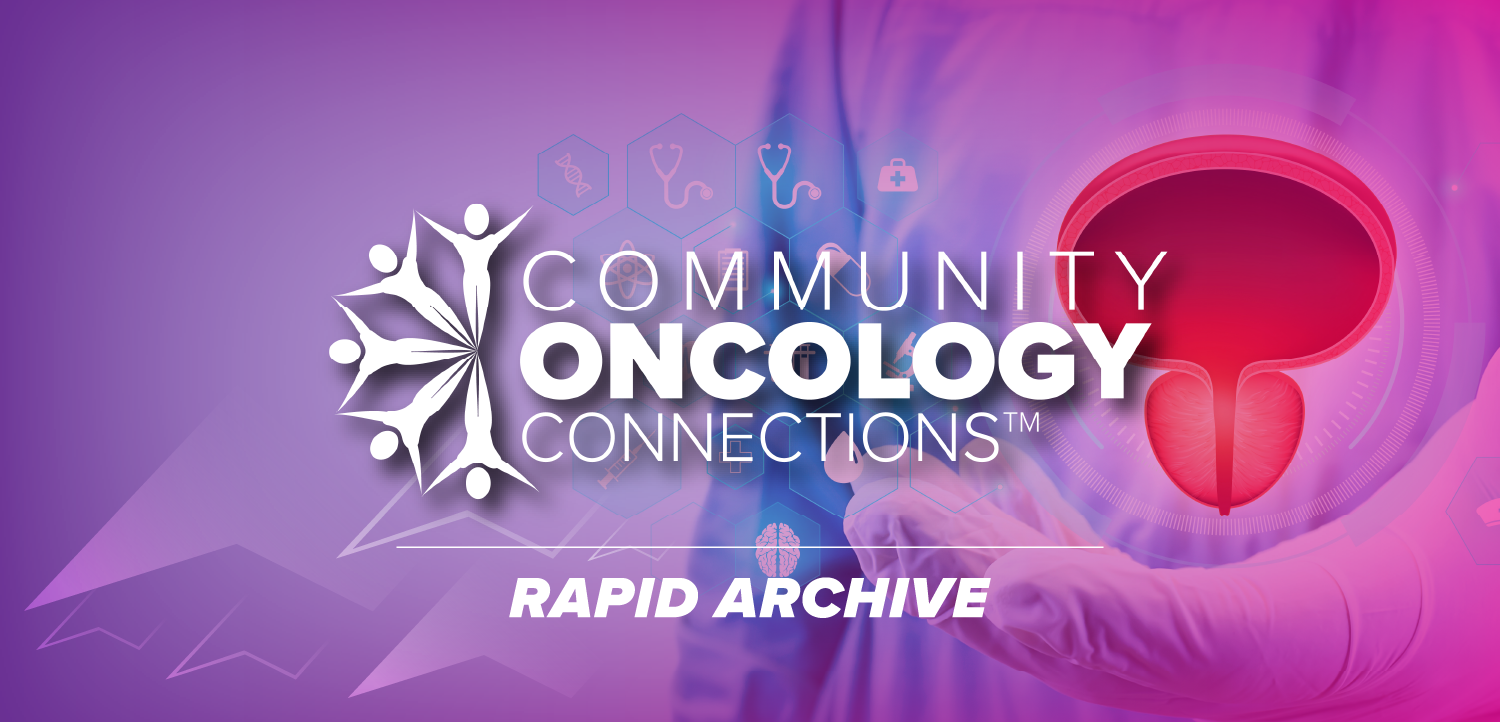MoAb developer Neoprobe flourishes despite lack of commercial product
Firm's stock leaps as investors warm to clinical trialsMonoclonal antibody probe maker Neoprobe has not turned a profitsince its founding in 1983. The Dublin, OH, company is losingabout $2.5 million per quarter and executives predict the flowof
Firm's stock leaps as investors warm to clinical trials
Monoclonal antibody probe maker Neoprobe has not turned a profitsince its founding in 1983. The Dublin, OH, company is losingabout $2.5 million per quarter and executives predict the flowof red ink will not stop until late 1996 at the earliest, whenNeoprobe's first commercial product is scheduled to hit the market.But shareholders are not complaining; they're rejoicing. The company'sstock has skyrocketed some 1200% in the last 12 months, from $1.50a share to $18.
Neoprobe's good fortune in the stock market is largely due tothe firm's success in signing business deals and meeting milestonesas it seeks to commercialize its lead product, a hand-held gamma-raydetector used during surgery. Neoprobe's recent accomplishmentsinclude the signing of a product distribution agreement with Syncor,the completion of two promising phase-III clinical trials forits products, and Food and Drug Administration clearance of animproved version of the company's probe device.
"We have been hitting the milestones that we outlined tothe marketplace," said president David Bupp. "
People have looked at the quality of the clinical results andrecognized that this is a technology that is going to impact themanner in which various solid tumors are treated."
Neoprobe's RIGS (radioimmunoguided surgery) tumor-detectionsystem, which will be marketed as RIGScan CR49, comprises a gamma-raydetector and a monoclonal antibody-based imaging agent. It isdesigned to give surgeons information about the extent and locationof malignant tissue (SCAN 2/24/93).
The monoclonal agent, called CC49, is injected before surgeryinto a patient with colorectal cancer. During surgery, the hand-heldprobe, called Neoprobe 1000, is passed over the bowel to detectcancer. Phase-III clinical tests completed in August in the U.S.and Europe indicate that the system has up to 90% specificityin detecting cancer. A third trial should be finished before theend of this year.
The extraordinary climb in the valuation of Neoprobe's stockis a welcome change from the bleak prospects the company facedonly a year ago, when a major shareholder -- a biotech investmenthouse -- experienced financial difficulties and Neoprobe had toscramble to find takers for about 20% of its stock. The buyers'market that resulted sent Neoprobe stock tumbling from $5 to just$1.50 before leveling off.
Neoprobe's ability to weather the financial turbulence was dueto the inherent potential of its product and its refusal to giveup any licensing rights, Bupp said.
"We have executed a strategy that has preserved all therights to the technology," Bupp said. "
We haven't been forced to license the technology to other partiesas sometimes occurs with biotech companies."
Moving to market. Neoprobe has also put the pieces together forthe commercial launch of RIGScan. An agreement with Syncor wassigned in late September for North American distribution of theCC49 radiopharmaceutical through that company's chain of radiopharmacies.
This fall, the FDA cleared an improved version of Neoprobe 1000that features a larger crystal, which increases the probe's countrate by about 40%. The improved detector also features a modifiedpreamplifier that allows the detector to respond to differentkinds of instruments, such as a laparoscopic instrument that thecompany patented last March. Although a laparoscopic version ofthe gamma-ray detector has market potential, the company has putdevelopment of this device on hold pending the commercializationof the RIGScan product, which is not expected until late nextyear in Europe and perhaps mid-1997 in the U.S.
Neoprobe has kept afloat during this development period througha series of equity offerings, which have been used to supportclinical trials and to build a manufacturing infrastructure forRIGScan. The most recent offering, which occurred in June, nettedthe firm about $9 million. In total, public offerings launchedover the last 12 months have brought in about $26 million, whichshould be enough for Neoprobe to get its first RIGScan systemon the market.
The company plans to submit a product licensing application (PLA)to the FDA for CC49 before the end of this year and to submita similar request at about the same time in Europe. The FDA typicallyrequires 18 months or longer to review a PLA, but the turnaroundtime in Europe is substantially less, raising hopes that a revenuestream that stems the flow of red ink could be on its way beforethe end of 1996.
Once RIGScan begins generating revenue, Neoprobe plans to broadenthe number of possible applications for the technology, such asthe use of the gamma-ray detector in combination with other monoclonalantibody-based agents for targeting other types of cancers. Dataindicate that the same antibody that lights up colorectal cancersmight also be useful in localizing breast cancer.
Neoprobe also holds licenses from NeoRx for the NR-LU-10 monoclonalantibody fragment, which shows activity for ovarian and prostatecancers, as well as non-small cell lung cancer. A license fromBiomeasure addresses a somatostatin analog that might be usefulin evaluating breast cancer and some neuroendocrine tumors. Anotherpossibility now being examined independently by academic researchersis the use of the gamma-ray detector to evaluate patients withlymph cancer.
Even though the company's first commercial sales are still morethan a year away, its prospects for success have investors enthused.At press time, Neoprobe's stock was hovering around $18 on theNASDAQ exchange, up $12 since July. It jumped 7% in late Octoberon news that a presentation on phase-III clinical trials for RIGScanwould be favorable.
Newsletter
Stay at the forefront of radiology with the Diagnostic Imaging newsletter, delivering the latest news, clinical insights, and imaging advancements for today’s radiologists.





























